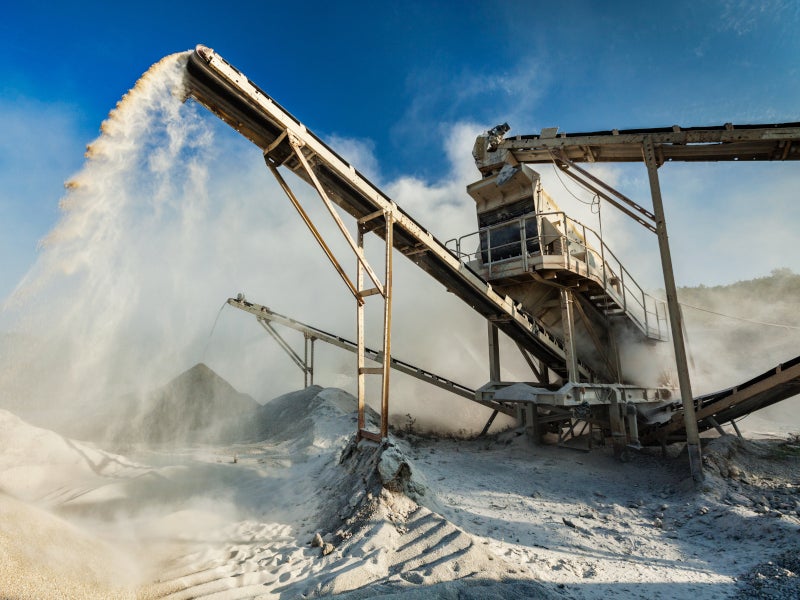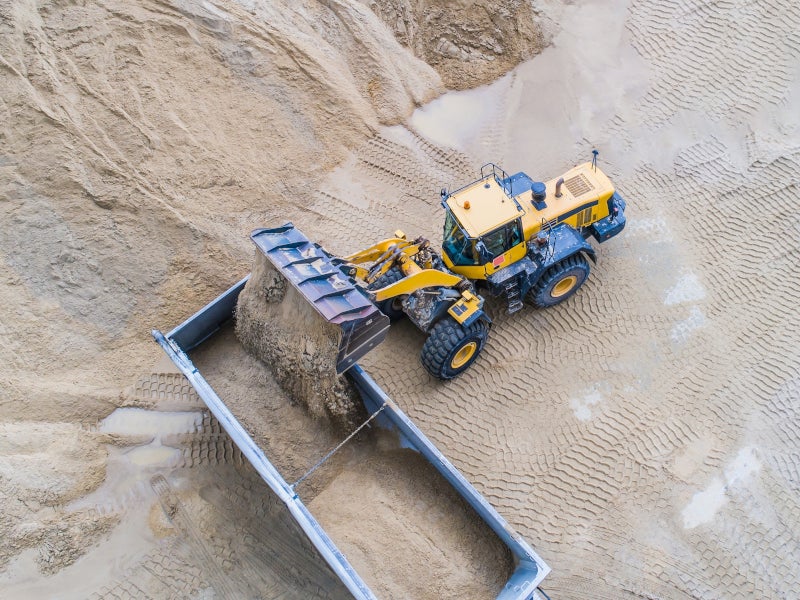The Wanipigow sand project, previously known as the Seymourville sand project, is an open-pit silica sand project located in Manitoba, Canada. Canadian Premium Sand, an Ontario-based mineral exploration company, is the 100% owner and developer of the project.
A pre-feasibility study (PFS) for the project was completed in June 2019, while the results of an updated PFS were released in March 2020. The initial capital expenditure on the project is estimated to be £73.8m (C$124m).
Construction works on the project are expected to be started in 2020 with the start of production expected by 2022.
The Wanipigow project is expected to produce 1.23 million tonnes (Mt) of high-quality silica sand annually over an estimated mine life of 25 years.
Location, geology, and mineralisation
The Wanipigow project is situated approximately 160km to the east of the city of Winnipeg in the Manitoba Province of Canada. The Hollow Water First Nation is located to the east of the project site, while the Pelican Inlet lies to the west. The town of Poweview-Pine Falls is located approximately 67km south of the project site.
The Ordovician Winnipeg Formation covers the northern part of the silica sand property, while the southern part is dominated by the Quarternary superficial deposits. The Precambrian crystalline basement is present beneath the Ordovician Formation and the Red River Formation carbonate rocks overlie the Winnpeg Formation.
The Winnipeg Formation is sub-divided into two stratigraphic units, namely the Black Island and the Iceberg.
The current project focusses on the Black Island, the lower stratigraphic unit, predominantly comprises thin basal sandstone overlain by interbedded sand and shale.
Silica sand reserves at Wanipigow
The proven and probable reserves of the Wanipigow sand project are estimated to be 24.1Mt, including 2.8Mt in the Upper Black Island (UBI) and 21.3Mt in the Lower Black Island (LBI).
The project is also estimated to hold 35.5Mt tonnes of measured, 6.8Mt of indicated, and 94.7Mt of inferred resources.
Mining and ore processing at Wanipigow sand project
The conventional open-pit mining method involving truck-and-excavator operations will be employed for the Wanipigow sand project. The mining fleet will include two large-size hydraulic excavators, two 45t articulated dump trucks, four medium size front-end loaders, and three dozers.
The raw sand from the open-pit will be hauled to a dump hopper feeding a primary crusher located adjacent to an on-site wet processing facility.
The saleable wet-processed sand will be sent via an overland conveyor to a barge loading facility located approximately 1.9 km north of the processing facility.
The sand will be barged on Lake Winnipeg by a third-party company for approximately 92 km to an unloading dock in the Rural Municipality of St. Andrews.
A 2.2 million tonnes per annum (Mtpa) dry process plant along with rail loadout facilities will be constructed on a 60-acre site near the Rural Municipality of St. Andrews. The dry process plant site will be serviced by Lake Line Railroad which is connected with the Canadian Pacific (CP) Railroad in Winnipeg.
Infrastructure facilities
The Wanipigow sand project site can be accessed from Winnipeg via the Provincial Trunk Highway 59N.
The water for the Wanipigow project will be sourced from groundwater wells as well as from seepage in the quarry pit.
The wet-process plant at the project site will require 1,000kW of electricity, while another 2,000kW of power will be required for the conveyors and other equipment. The electricity supply to the project site will be sourced through a 6km long power line running parallel to the access road.
The other infrastructure facilities for the project will include product storage silos, maintenance shop, operations, and administration building, and a fuel depot.
Contractors involved
Hi-Crush Incorporated (HCR) has been selected for designing, constructing, and commissioning the Wanipigow sand project.
APEX Geoscience prepared the updated PFS report, while AECOM prepared the environmental assessment report for the project.





